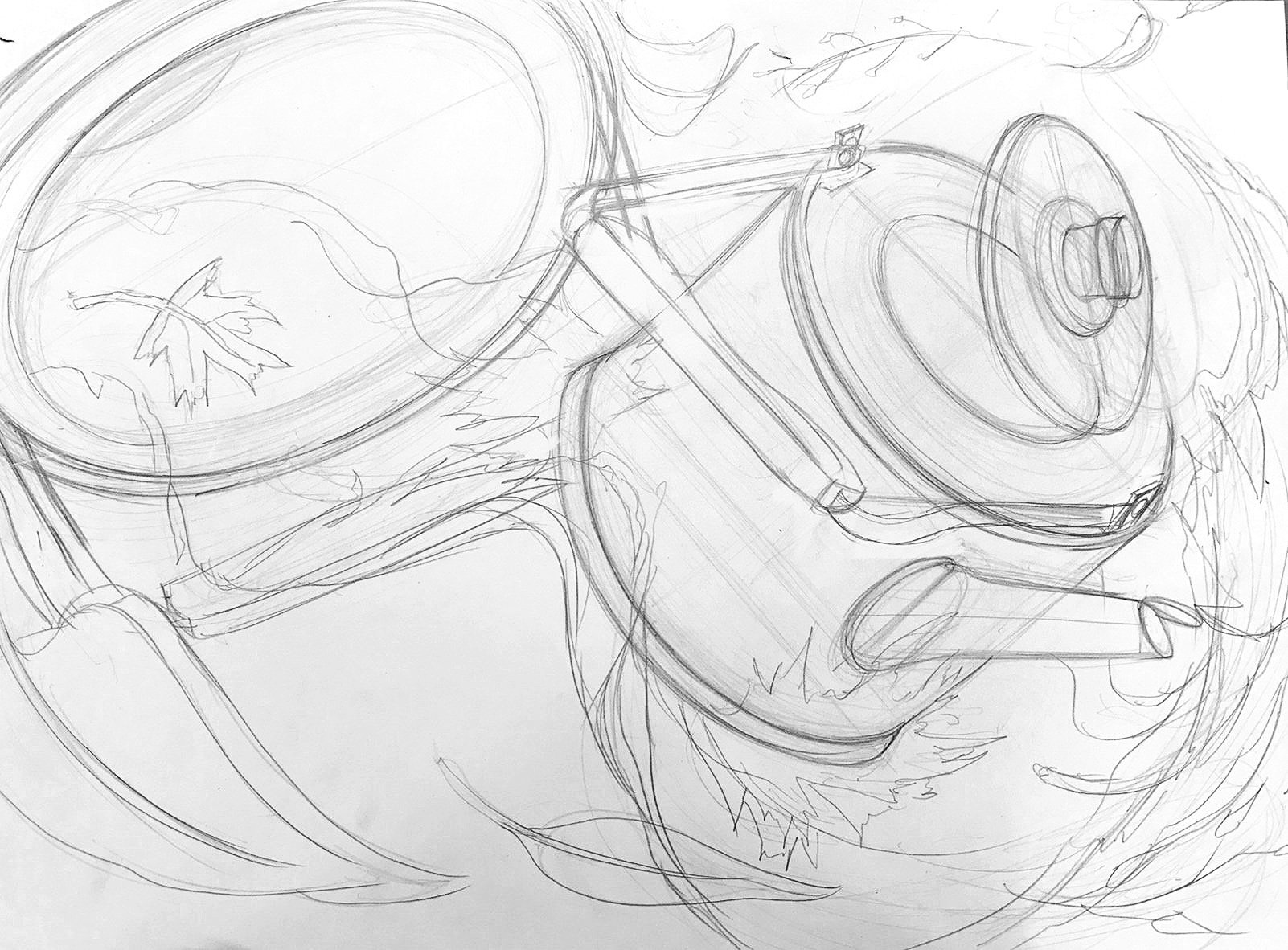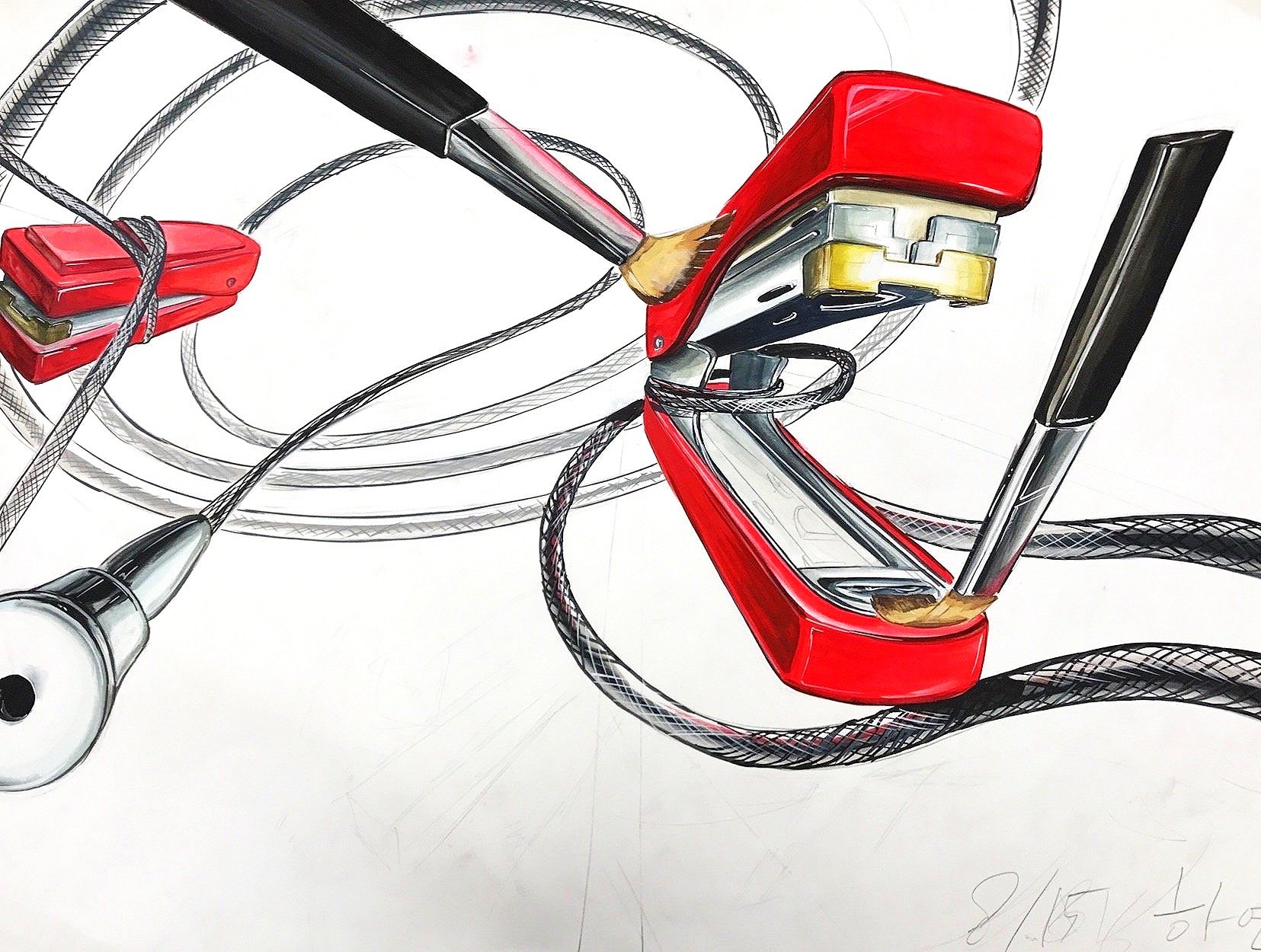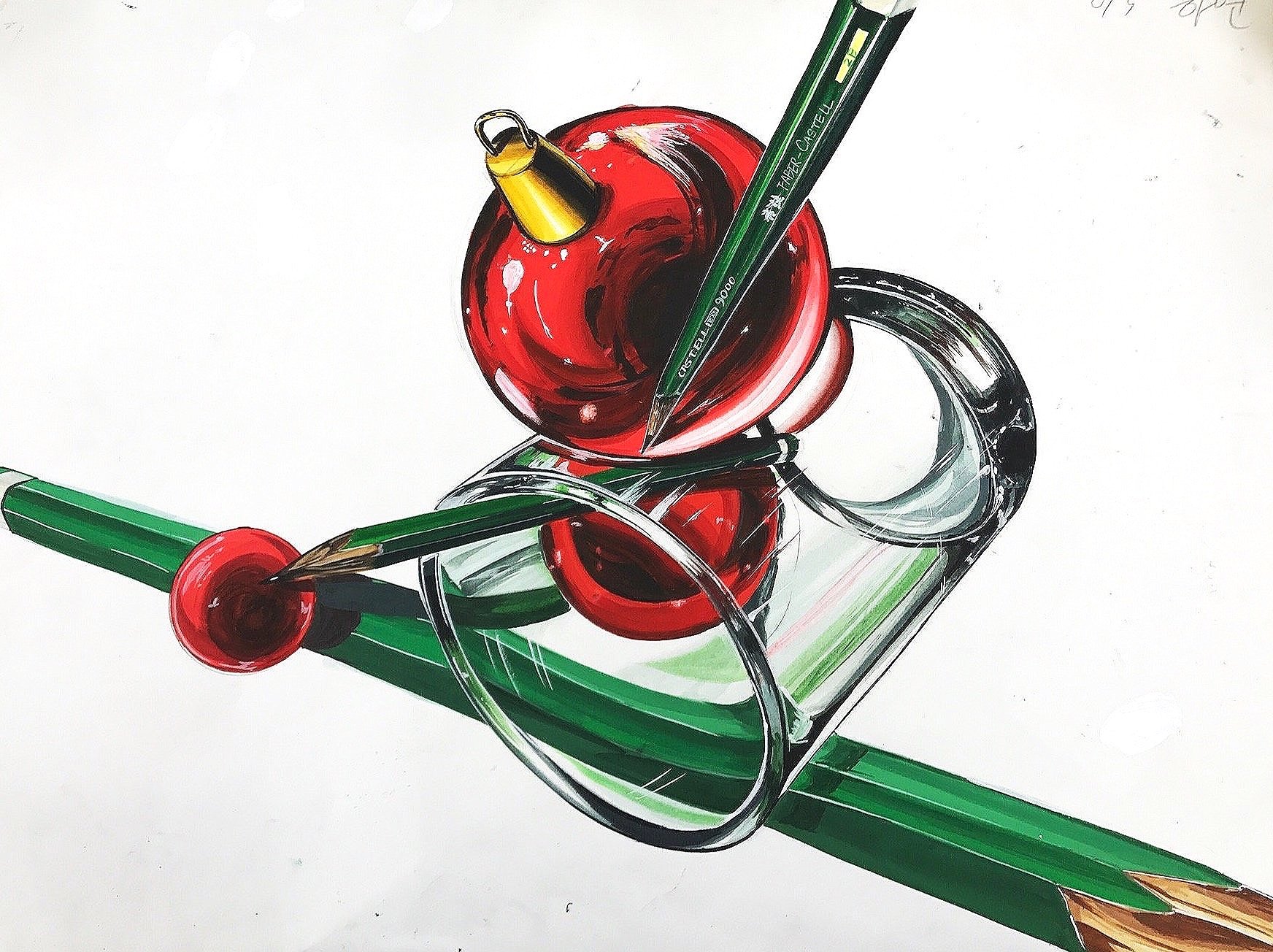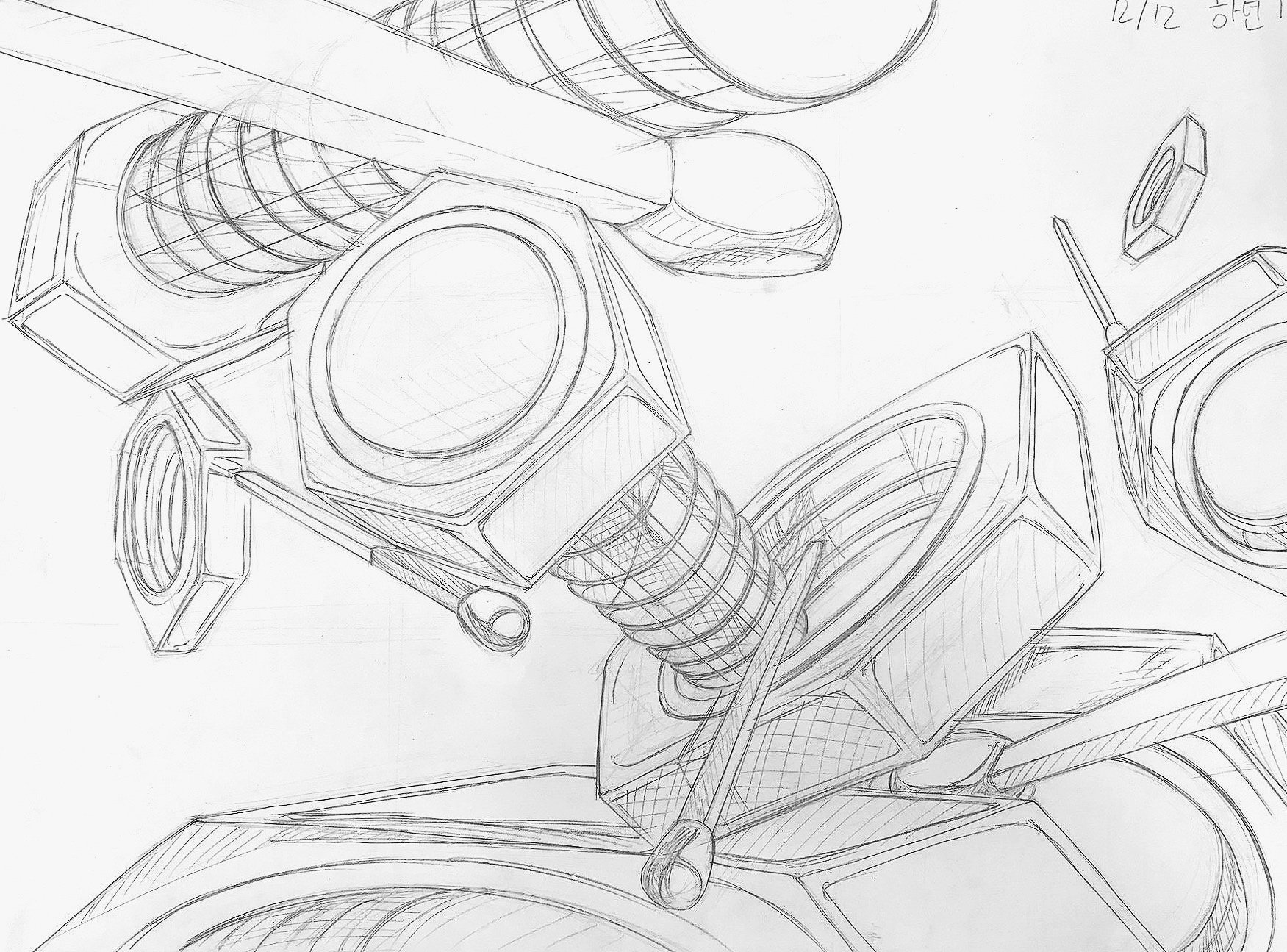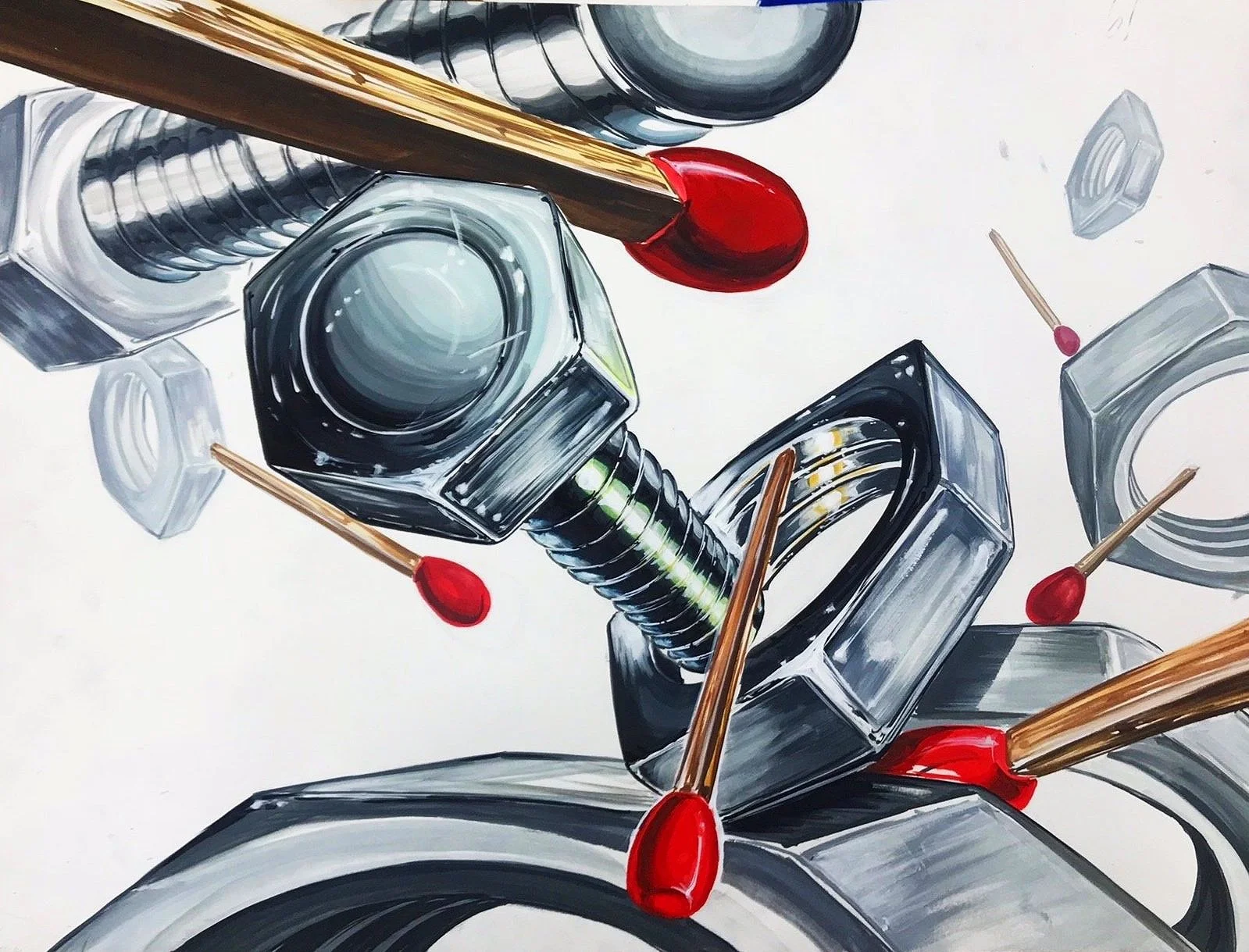Spatial Composition Studies
“Created as part of early foundational training, this collection investigates compositional structure, visual flow, and object relationships.
While initially developed through academic study, the works reflect a growing sensitivity to form, surface quality, and visual storytelling.
Emphasis is placed on spatial clarity, tension, and dynamic interaction among objects within a confined frame.”
⋰ Think it
⋰ Make it
⋰ Feel it
⋰ Share it
⋰ Think it ⋰ Make it ⋰ Feel it ⋰ Share it
-
This section focuses on the spatial relationships between multiple objects—how they interact, overlap, and balance within a defined frame.
Emphasis is placed on layout, proportion, and narrative energy rather than surface material.
-
Exploring materials that emphasize flow and direction, this section focuses on string, wire, straws, and other linear forms.
The drawings capture tension, curve, and rhythm—showing how flexible materials can guide movement and spatial flow.
-
This section highlights the visual complexity of transparent materials such as glass and clear plastic.
Light refraction, reflections, and internal layering are rendered through detailed observation, emphasizing the subtle depth within these forms.
-
Focusing on hard, reflective objects like clips, cans, and metal tools, this section explores how surface gloss, edge sharpness, and tonal range bring out a material’s physicality.
Rendering metallic forms requires control over highlight and contrast to achieve realism.
Object Relations & Composition
Each drawing in this section was a challenge in balancing complexity and clarity. I focused on arranging objects to create a dynamic sense of movement without losing compositional harmony.
What made this particularly difficult was managing negative space while keeping the viewer’s eye engaged. I constantly adjusted the scale and positioning to avoid overcrowding while maintaining spatial tension.
Linear & Flexible Materials
This series required close observation of line-based materials such as ropes, straws, and wires.
The biggest challenge was capturing their natural curvature and maintaining consistent tension throughout the composition. I also had to consider how these linear elements could lead the viewer’s eye across the page and connect disparate objects.








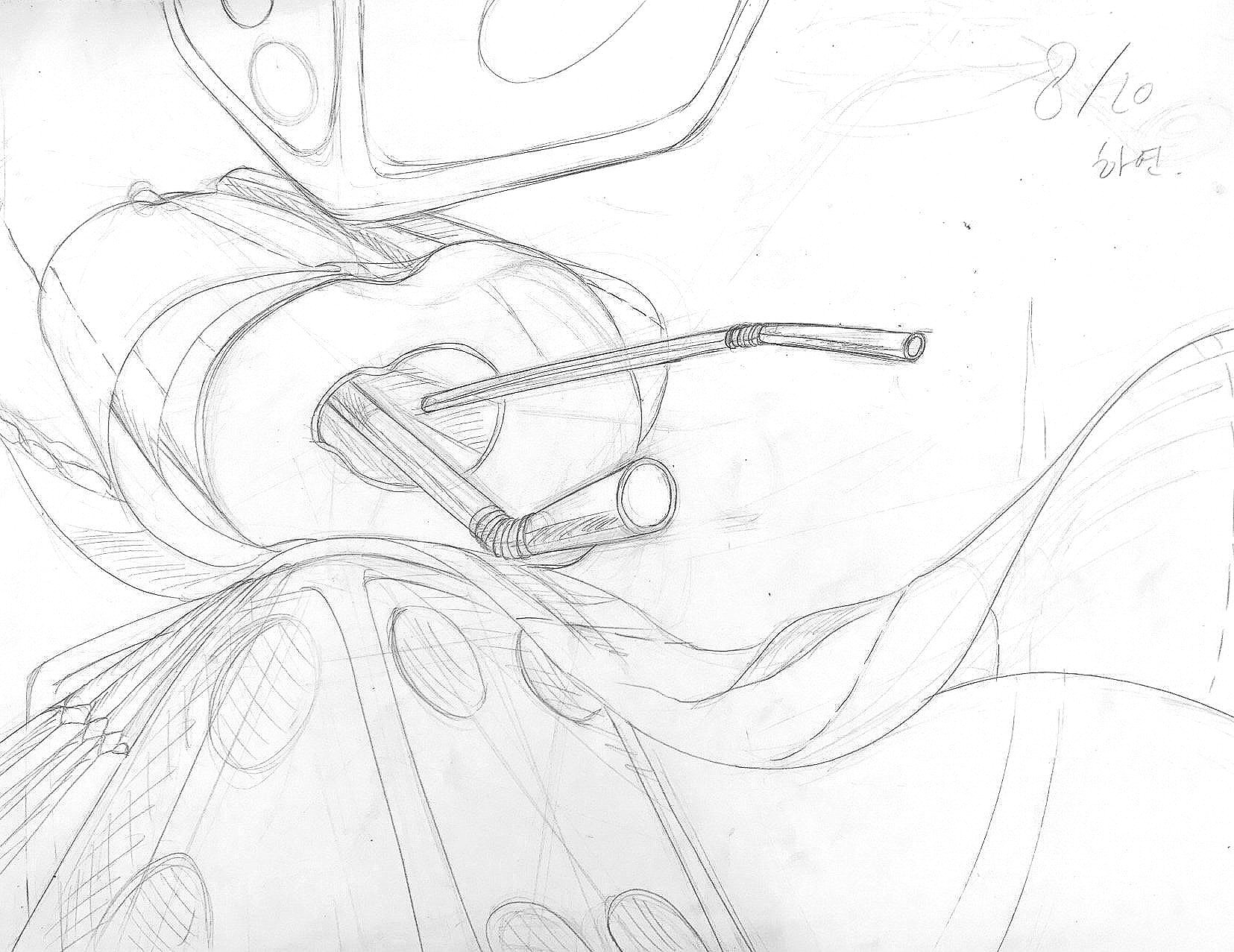




Transparent Structures
Rendering transparency involved more than just lightness—it was about layering, distortion, and depth.
I had to pay attention to how objects behind glass were altered and how light passed through or reflected off surfaces.
Maintaining the balance between clarity and visual complexity required constant re-evaluation of tone and form.




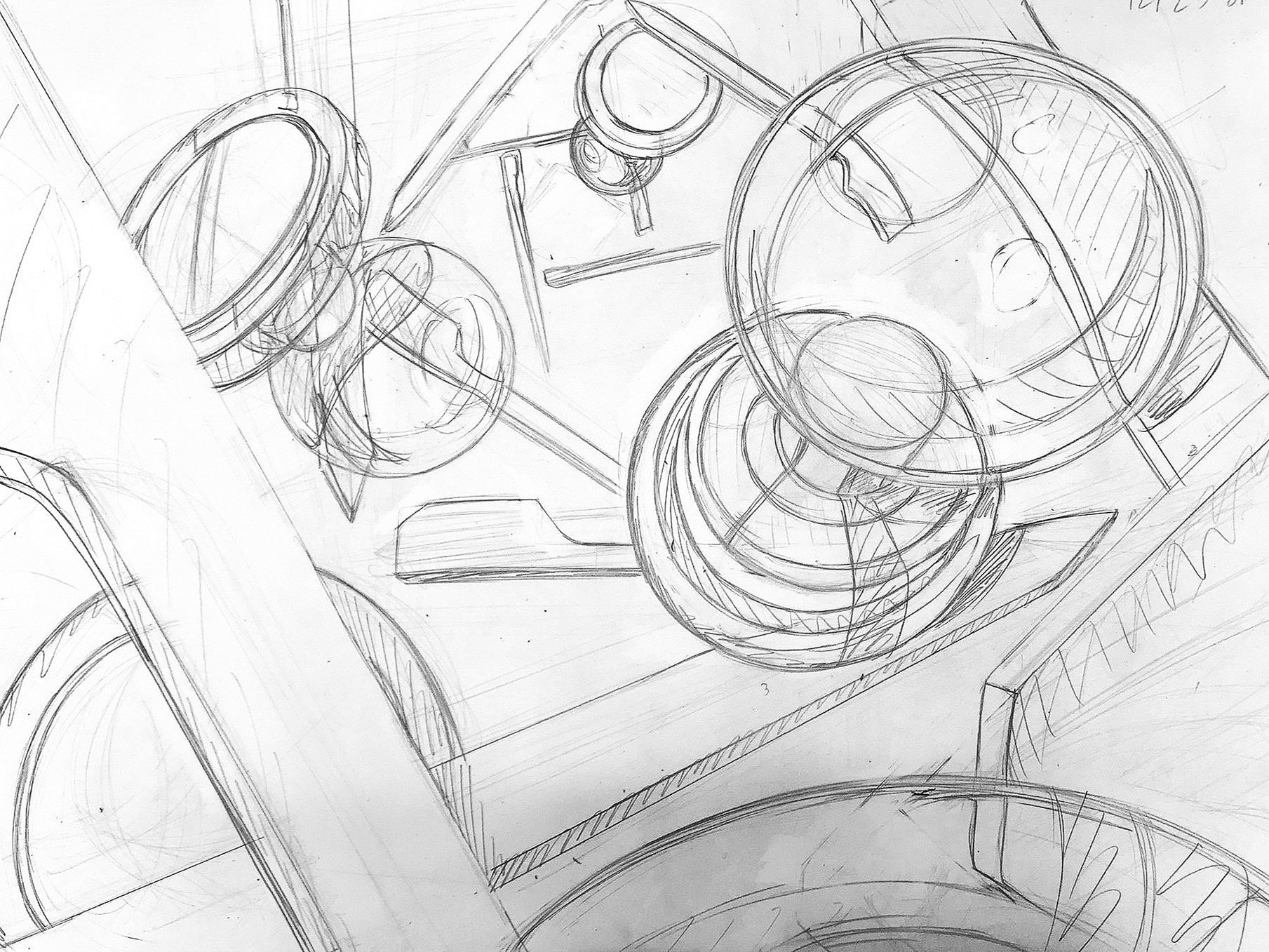




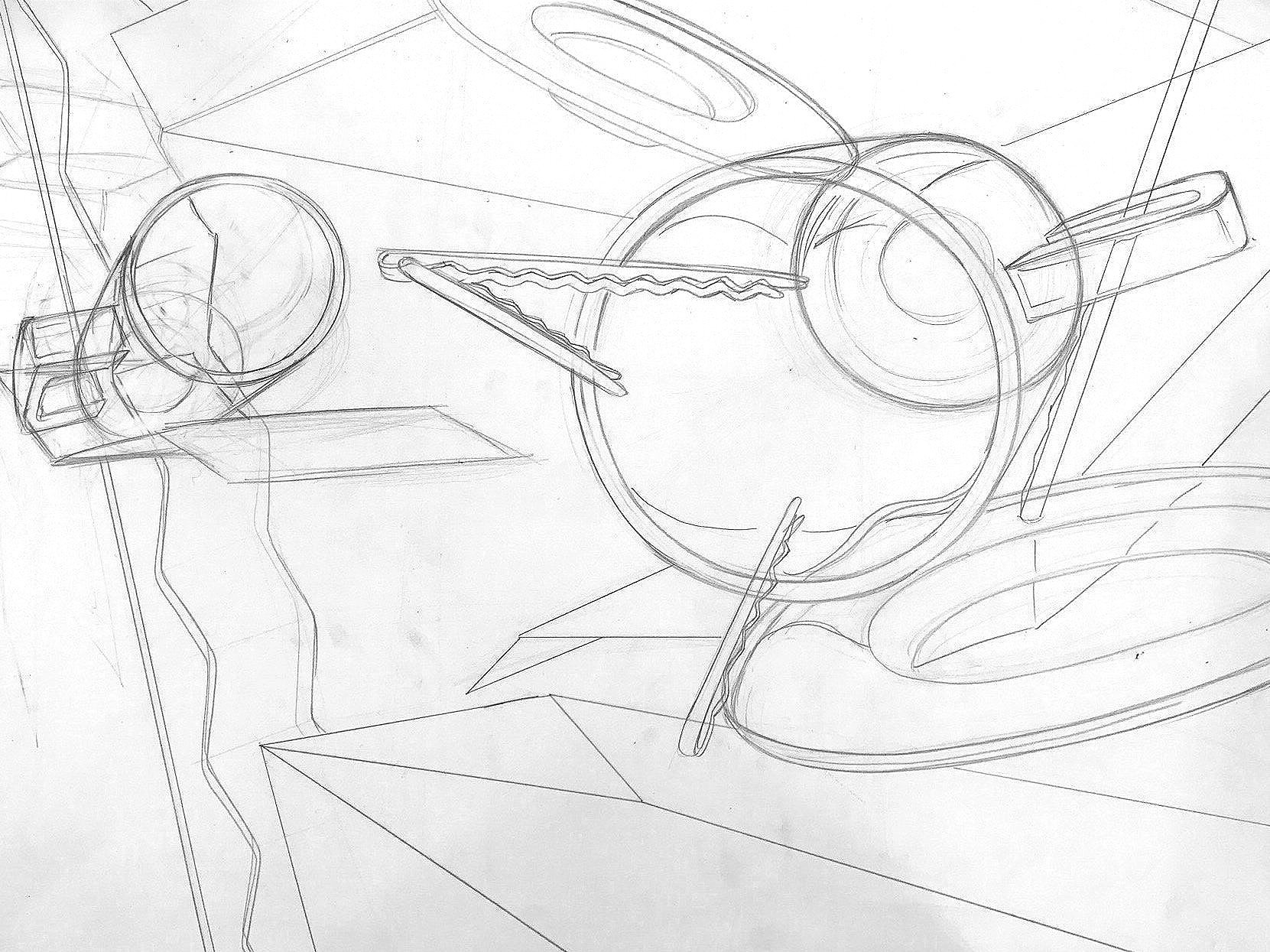



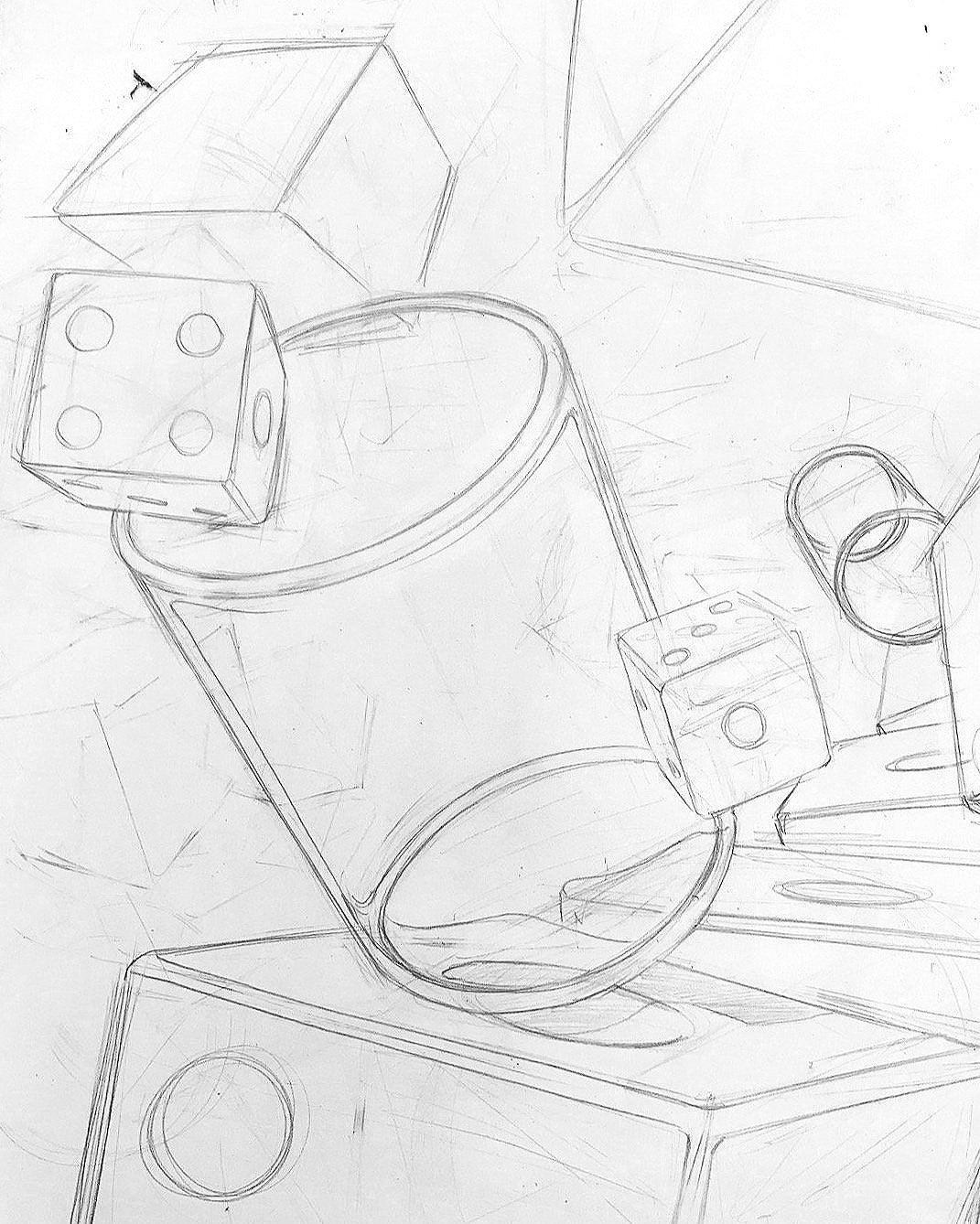
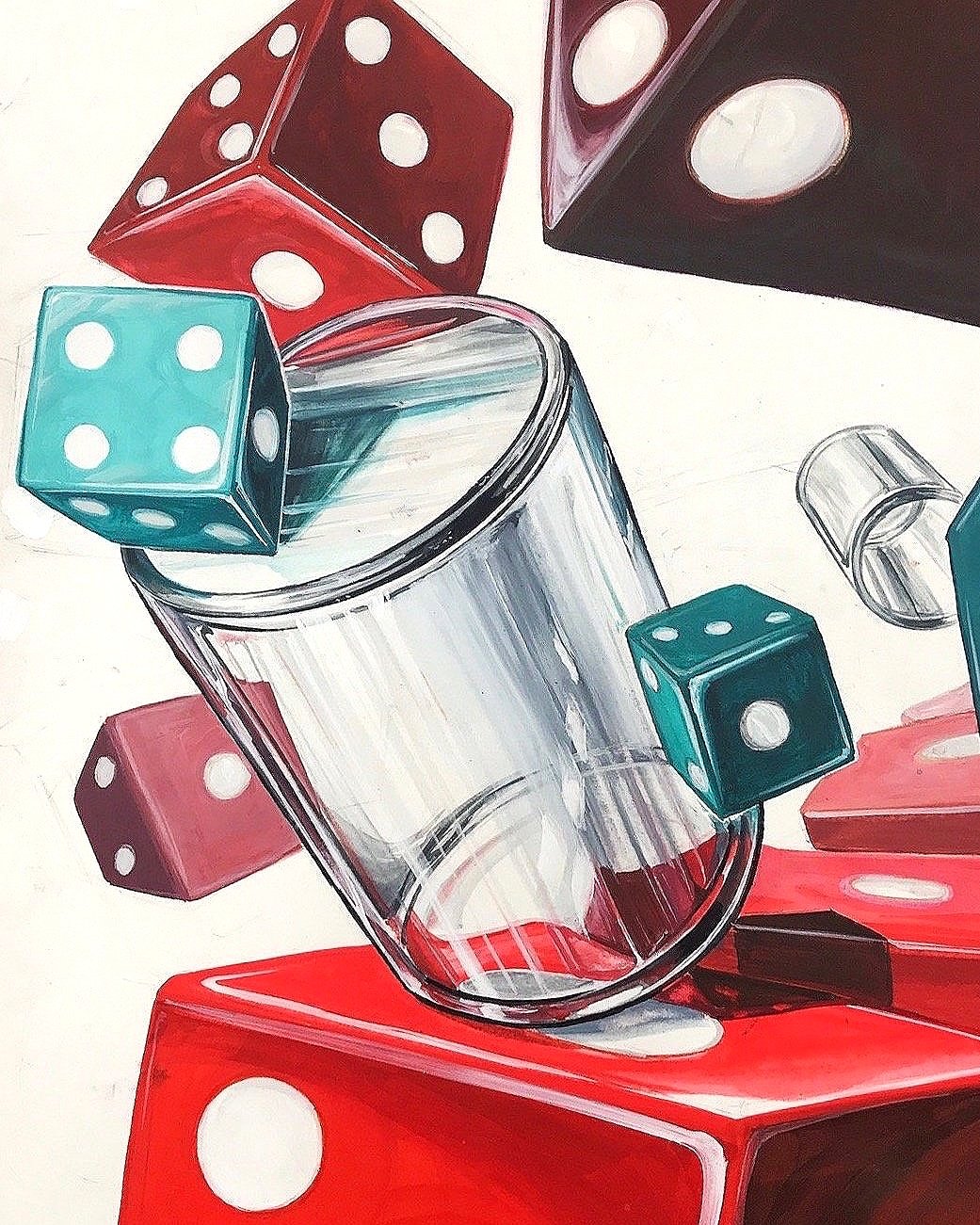






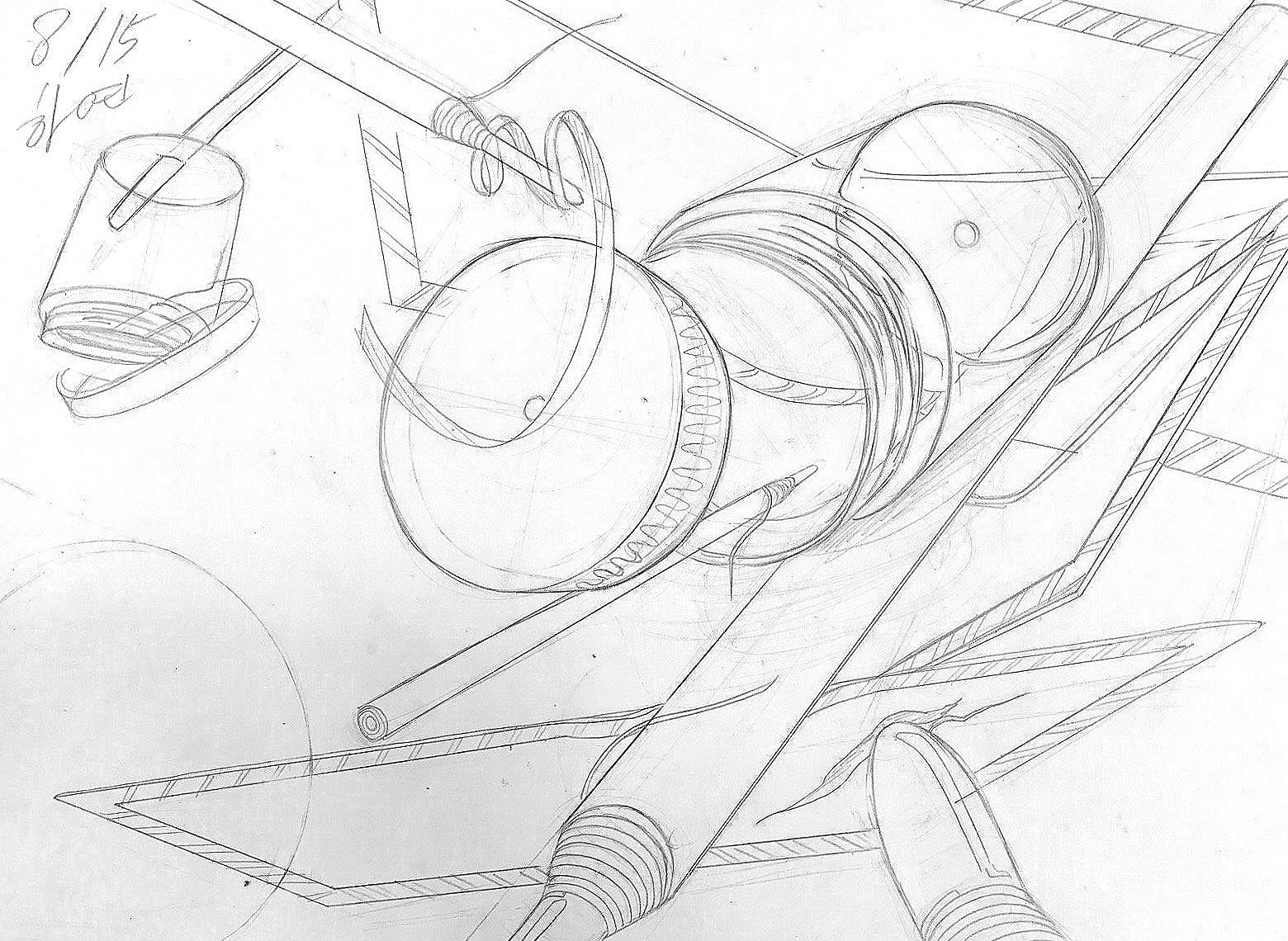


Metallic & Reflective Surfaces
The high contrast and precision needed for reflective surfaces made this series both technically demanding and rewarding.
Highlights had to be sharp yet integrated, and small errors in proportion or reflection quickly disrupted realism.
It pushed me to improve control over tonal transitions and to develop patience in rendering surface details.






